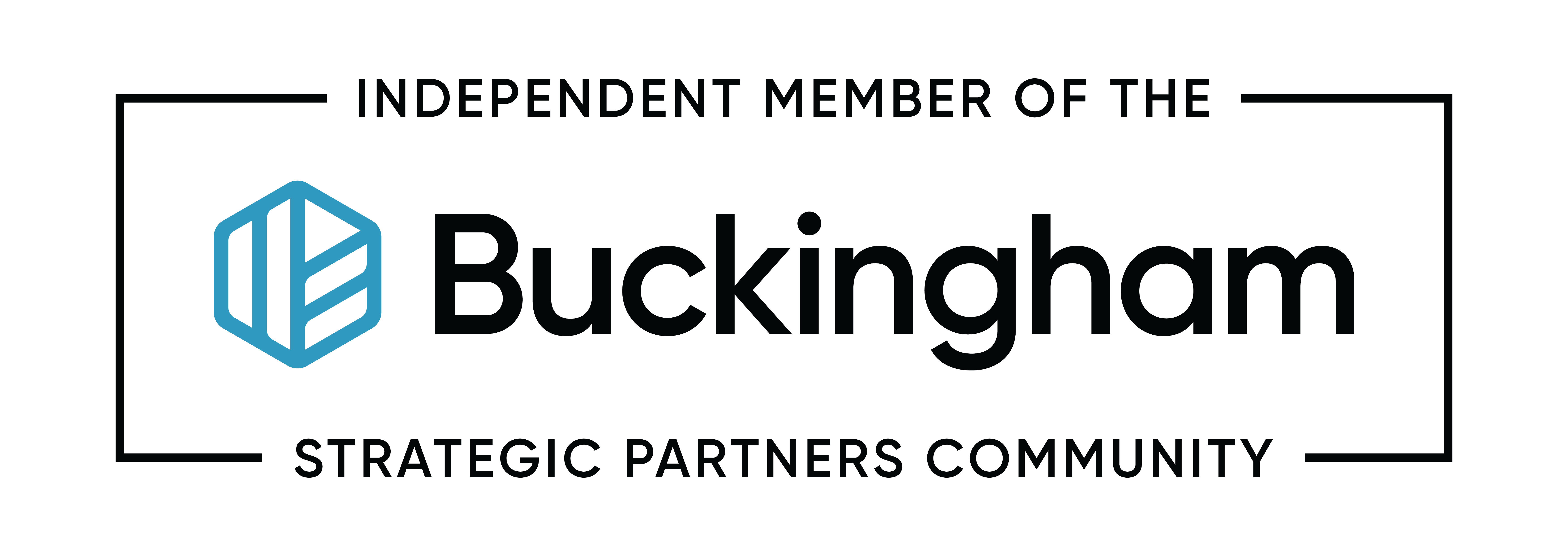It’s over five months into 2024 and a Fed rate cut is nowhere in sight. As 2023 ended, hopes were high that the first of many cuts would begin as we entered the new year. Despite record incomes for Americans, grocery bills remain a strain on budgets and housing prices remain out of reach for many.
While few will disagree that wallets are still feeling the squeeze, there is some debate regarding the long-term nature of the current environment. Elevated inflation remains persistent, and the markets seem to hang on the Feds’ every word as the wait for the first rate cut since they began the fight in 2022 continues.
Unfortunately, crystal balls don’t exist, but there are compelling reasons to think that we may be nearing the end of the current cycle. Pent-up consumer demand and suppressed spending generated the steam needed to speed along the recovery, but at the same time drove the Consumer Price Index (CPI) to levels not seen since 1991.
A rough 2022 saw inflation peak at 9.1%, but as of April 2024, year-over-year inflation sits at a much more comfortable 3.4%, far closer to the 2% target the Federal Reserve is holding out for. At the same time, fears of a recession have lowered greatly as we continue to see solid growth and low unemployment, with GDP topping 2% in six of the past seven quarters and unemployment sitting at 3.9%. So, regardless of whether we see Fed policy change this year or the next, investors will continue to worry about the long-term effects and what they should be doing to protect themselves.
Planning While Still Working
For those still working, inflation is mitigated in a variety of ways. During the accumulation phase, we’re likely to take on more risk through a higher equity allocation in our portfolios. Equities themselves tend to act as a buffer against inflation, offering greater growth over bonds given the long term. As such, we tend to see these portfolios outpace more conservative portfolios, generating a greater real return and growing even in inflationary periods. In addition, because those in this stage are still working, the cost of living increases to income offset some of the burden and take additional stress off the investments and ourselves.
Planning as a Retiree
For retirees, inflationary effects are often a greater concern and source of angst. After all, your nest egg must last well into the future where the value of a dollar is less certain, along with how far it will go. Factoring these effects into your planning and building a properly designed portfolio is a must. For most, fixed income will make up a larger portion of the overall allocation and as such the real return of the portfolio can begin to dimmish, or even go negative.
While bond yields have become more attractive, taking the appropriate level of risk within the portfolio and allocating some portion to equities (which have shown to be higher gaining over the long-term) will play a vital role in fighting inflation. Being too defensive in an environment of persistent inflation can work against an investor, where having too much exposure to short-term investments like cash, money markets, and short-term CD’s can hobble the growth needed in a portfolio.
The Power of a Diversified Portfolio
Ultimately, for both those still working and those enjoying retirement, staying invested in a properly diversified portfolio and remaining committed to a well-designed plan will increase the odds that we weather these storms and meet our long-term financial goals. And just as importantly, it also allows us to worry less that what we’re doing is enough to get us where we need to go.
So, whether we hit the Feds’ 2% target rate this year or we must wait until 2025 and beyond, inflation is just another friction against our portfolios. We may not be able to control it, but we can plan for it.

